
4 simple moves after eating that flatten blood sugar spikes
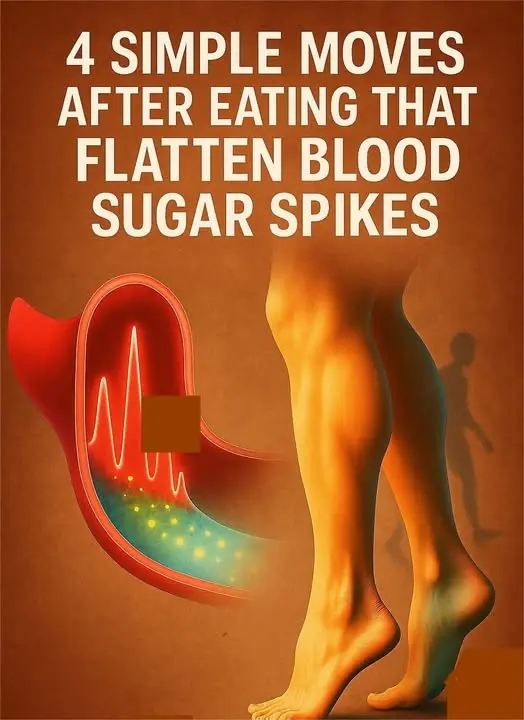
You don’t need a gym membership, intense workouts, or long-distance running to manage your blood sugar after eating. In fact, four simple movements can help your muscles use glucose more efficiently — reducing post-meal spikes and improving your overall energy.
These exercises are effortless to fit into daily life and can make a surprising difference in how you feel.
✅ Key Points at a Glance
-
Movement matters: Using your muscles after eating helps clear glucose from your bloodstream.
-
Mitochondria at work: These tiny “power plants” inside muscle cells use glucose to create energy (ATP).
-
Less glucose = smaller spikes: Active muscles absorb glucose, keeping post-meal levels stable.
-
4 simple exercises: Calf raises, walking, squats, and everyday household tasks.
-
Best timing: Move within 90 minutes after finishing your meal — when blood sugar typically peaks.
-
Less insulin required: When muscles use glucose directly, your body needs less insulin, supporting long-term metabolic health.
✅ How Movement Helps Your Body After Eating
Every time a muscle contracts — whether you’re walking, stretching, or lifting your heels — it uses energy.
To create that energy, mitochondria inside your muscle cells pull glucose from your blood and convert it into ATP.
The more your muscles work, the more glucose they burn.
This is especially helpful after meals, when glucose levels tend to rise.
By moving soon after eating, you help your muscles absorb glucose naturally, before it builds up in your bloodstream.
✅ Why Reducing Blood Sugar Spikes Matters
Foods high in carbohydrates or sugars — like bread, rice, pasta, potatoes, baked goods, and fruit — can cause quick blood sugar spikes.
These spikes may lead to:
-
inflammation
-
increased insulin release
-
energy crashes
-
cravings
-
long-term metabolic issues
But even light movement after a meal helps your muscles “grab” excess glucose, preventing big spikes and keeping your energy stable.
✅ The 4 Best Exercises for Lowering Blood Sugar After Meals
1. Calf Raises (The Most Discreet Option)
Perfect for doing at your desk, in the kitchen, or while brushing your teeth.
How to do them:
-
Stand with feet flat
-
Lift your heels up and down repeatedly
Your soleus muscle (a deep calf muscle) is especially good at absorbing glucose after meals.
⏱️ Aim for 5–10 minutes within 90 minutes after eating.
✅ Benefits:
-
Lowers glucose levels
-
Requires no equipment
-
Can be done anywhere
2. Walking (The Classic, Reliable Choice)
One of the easiest and most well-researched methods.
Just 10 minutes of walking after eating can significantly reduce glucose levels.
Try:
-
A quick walk around the block
-
Walking up and down stairs
-
A short treadmill session
-
Walking your dog
✅ Benefits:
-
Decreases fatigue later in the day
-
Reduces cravings
-
Supports digestion and energy balance
3. Squats (Small Bursts, Big Impact)
Short bursts of squats can be incredibly effective.
Research suggests that squats may stabilize glucose even more than 30 minutes of walking.
How to try it:
-
Do 10 squats every 45 minutes for a few hours after eating
✅ Benefits:
-
Activates large muscle groups
-
Helps glucose control for hours
-
Ideal for people working from home or at a desk
4. Household Chores (Effort Without “Exercising”)
Movement doesn’t have to look like a workout.
Simple tasks like:
-
folding laundry
-
wiping counters
-
vacuuming
-
cleaning up after a meal
If you do them for 10–15 minutes, your muscles will burn glucose the same way they would during low-intensity exercise.
✅ Benefits:
-
Fits naturally into your routine
-
Helps stabilize blood sugar
-
Keeps you productive and active
✅ Why This Works Without Extra Insulin
Normally, your pancreas releases insulin to help store excess glucose after meals.
But when your muscles are active, they pull glucose directly from your bloodstream without needing insulin.
This means:
-
lower glucose spikes
-
less insulin circulating
-
reduced long-term risk of insulin resistance
A simple walk or a set of squats can reduce the “workload” on your pancreas — a powerful habit for metabolic health.
✅ Final Thoughts
Small movements can make a big difference.
By adding just 10 minutes of activity within 90 minutes after eating, you can:
-
stabilize your blood sugar
-
reduce cravings
-
feel more energized
-
support long-term metabolic health
No gym. No equipment. Just simple, smart movement.
👉 Your muscles are your most powerful tool for lowering blood sugar — let them work for you.
News in the same category


SHOCKING NEW STUDY REVEALS WHAT MIGHT BE SILENTLY DESTROYING HUMAN FERTILITY

POPULAR SHAMPOO URGENTLY RECALLED BECAUSE IT CONTAINS BACTERIA THAT KILLS UP TO ONE IN TEN PATIENTS

Nurse who's witnessed 'so many deaths' explains spine-chilling moment she realised 'what happens after we die'
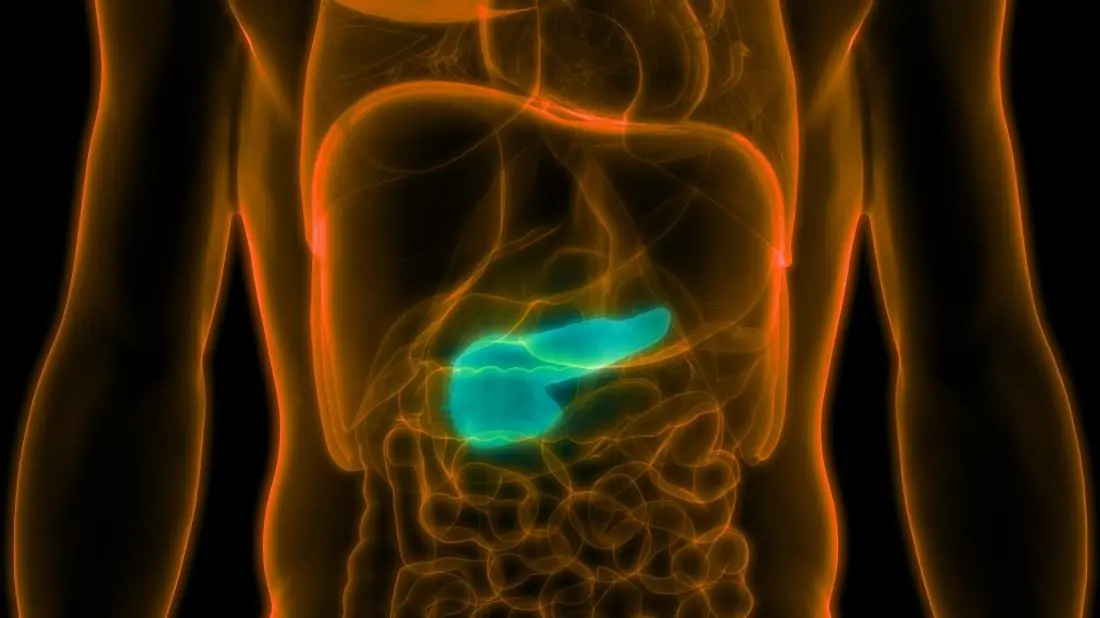
The influenza flu virus is being used to cure pancreatic cancer

Eye Doctor Reveals What To Do If You Start Seeing ‘Floaters’

If cancer cells are present in the body, these 3 symptoms often appear in the morning everyone should pay attention

3 foods you thought were bad for diabetes (but aren’t!)

CANCER IS PAINLESS AT FIRST, BIT IF YOU SEE THESE 8 SIGNS WHEN GOING TO THE TOILET, YOU SHOULD SEE A DOCTOR IMMEDIATELY
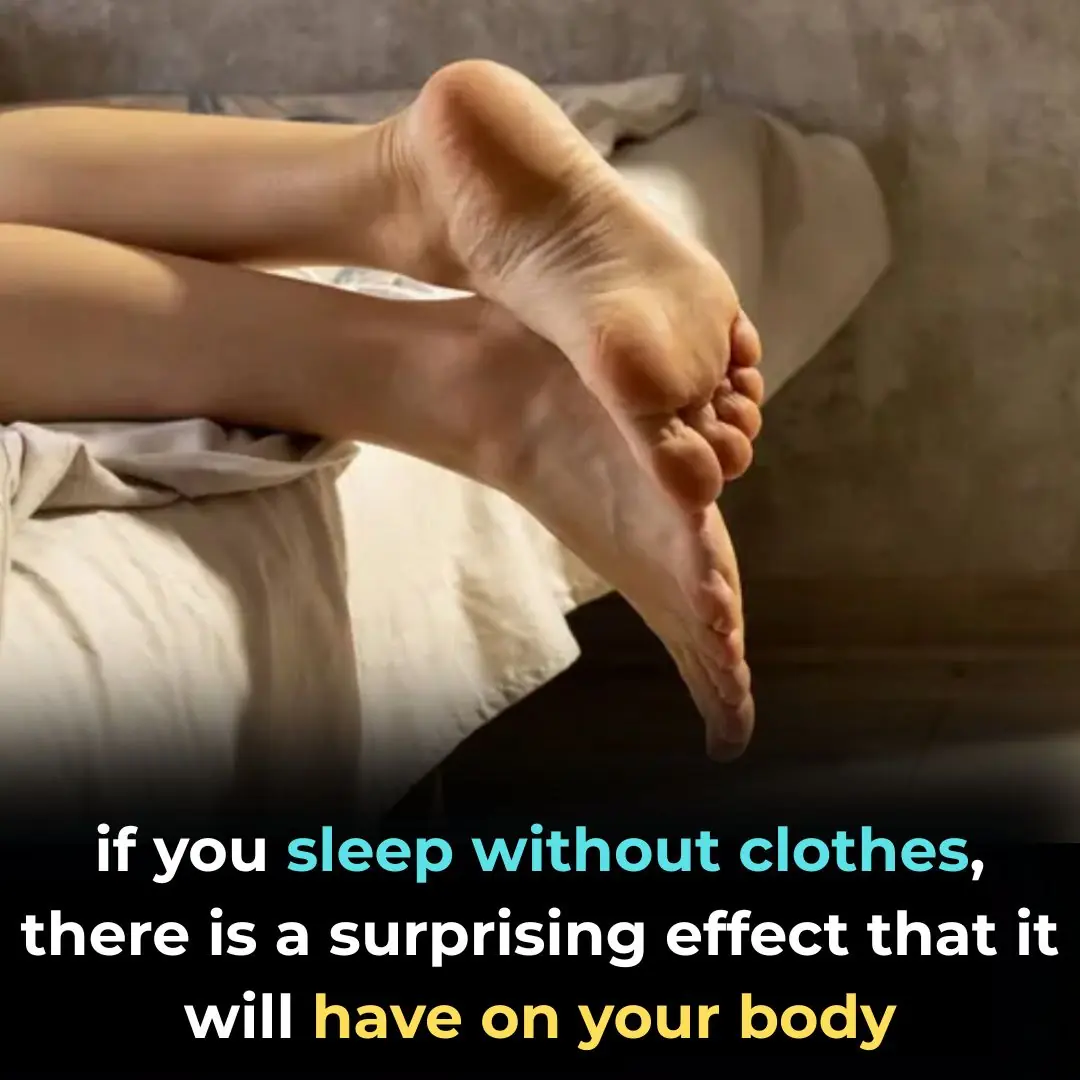
Sleeping Naked: 8 Surprising Benefits

What Happens To Your Skin When You Rub An Ice Cube On Your Face

🤢 The Real Causes of Constant Phlegm and Mucus in Throat — And How to Get Rid of It
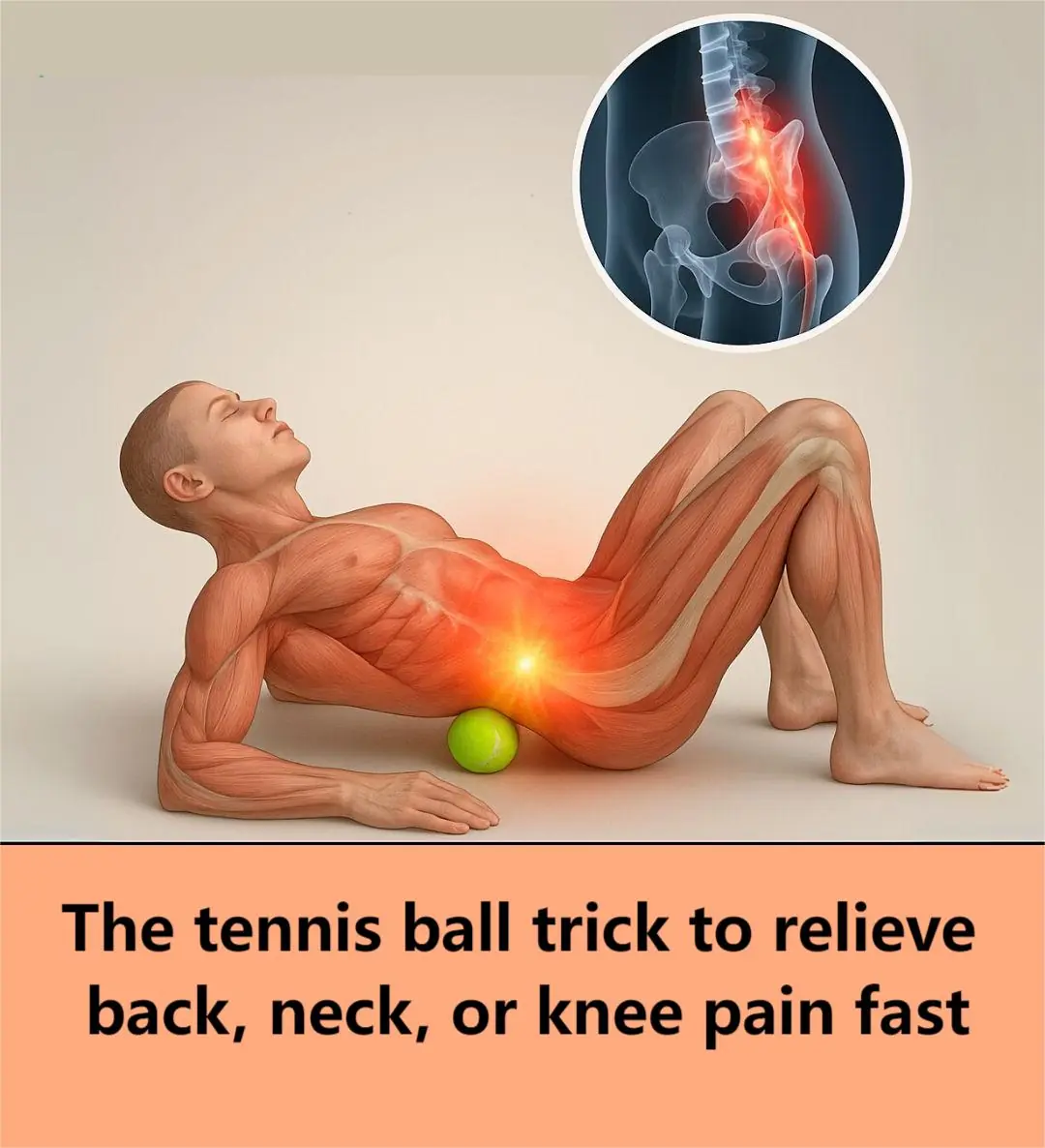
The Tennis Ball Trick That Can Relieve Back, Neck Or Knee Pain In Seconds
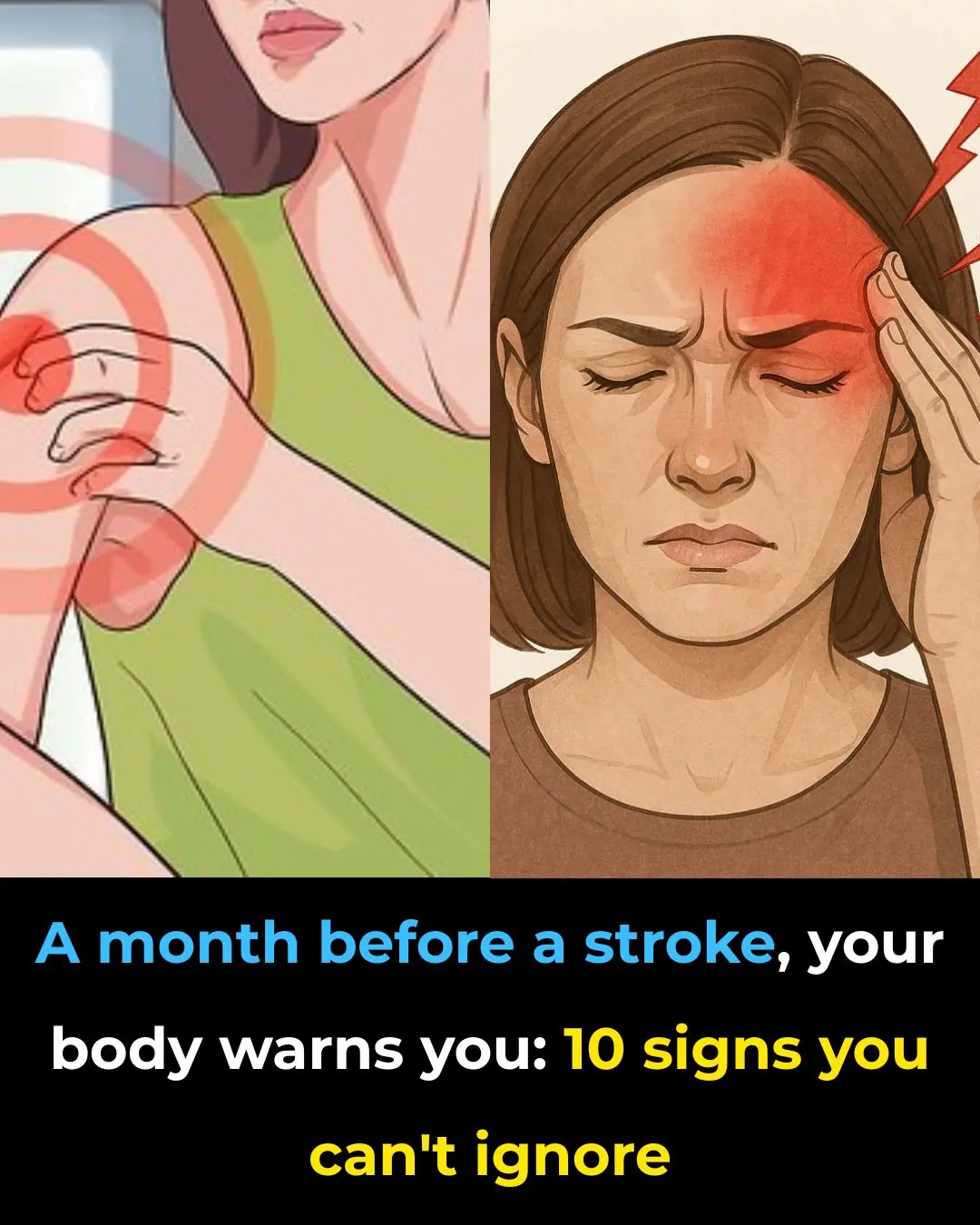
🧠 A Stroke Can Happen Suddenly — But Your Body Might Send Early Warnings (Know the Signs)
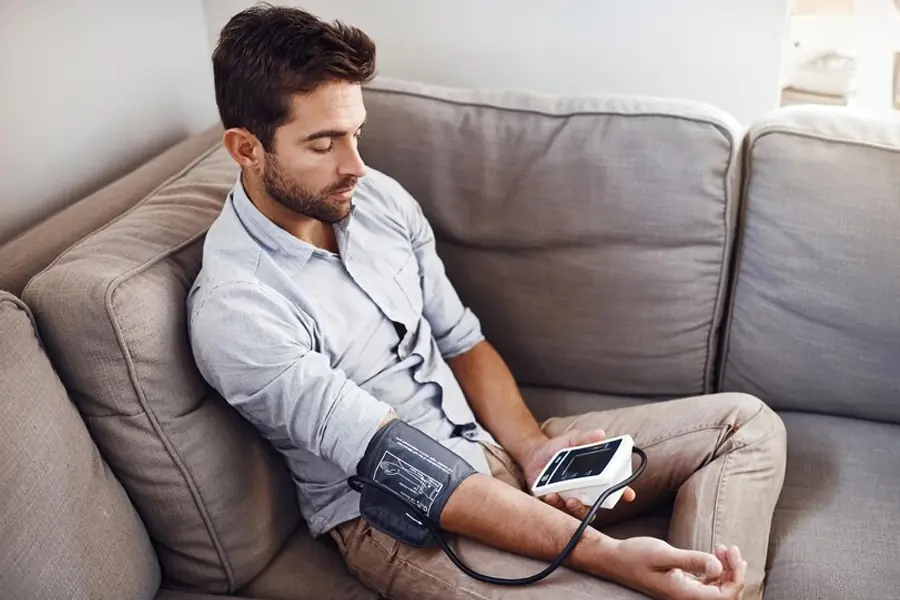
Are You Being Lied To About What Your Blood Pressure Should Be? — Read This Before You “Chase the Number”

The 7 silent causes of bad leg circulation

This Miraculous Drink Will Work Wonders for Your Thyroid

This Starves Colon Cancer Cells — and Strengthens Your Body’s Natural Defenses
News Post

Tragus Piercing What Does It Mean

9 Health Benefits of Pine Needles

Unlock The Incredible Health Benefits of Garlic, Ginger and Lemon for Men

A special method to grow garlic in plastic bottles

7 Benefits of the Miracle Leaf of Life

7 Amazing Health Benefits of Banana Blossoms

Boiling Sweet Potatoes: Don’t Just Add Plain Water—Add This Spoonful for Perfectly Fluffy, Sweet Results

The Science Behind Putting a Cotton Swab in a Menthol Oil Bottle
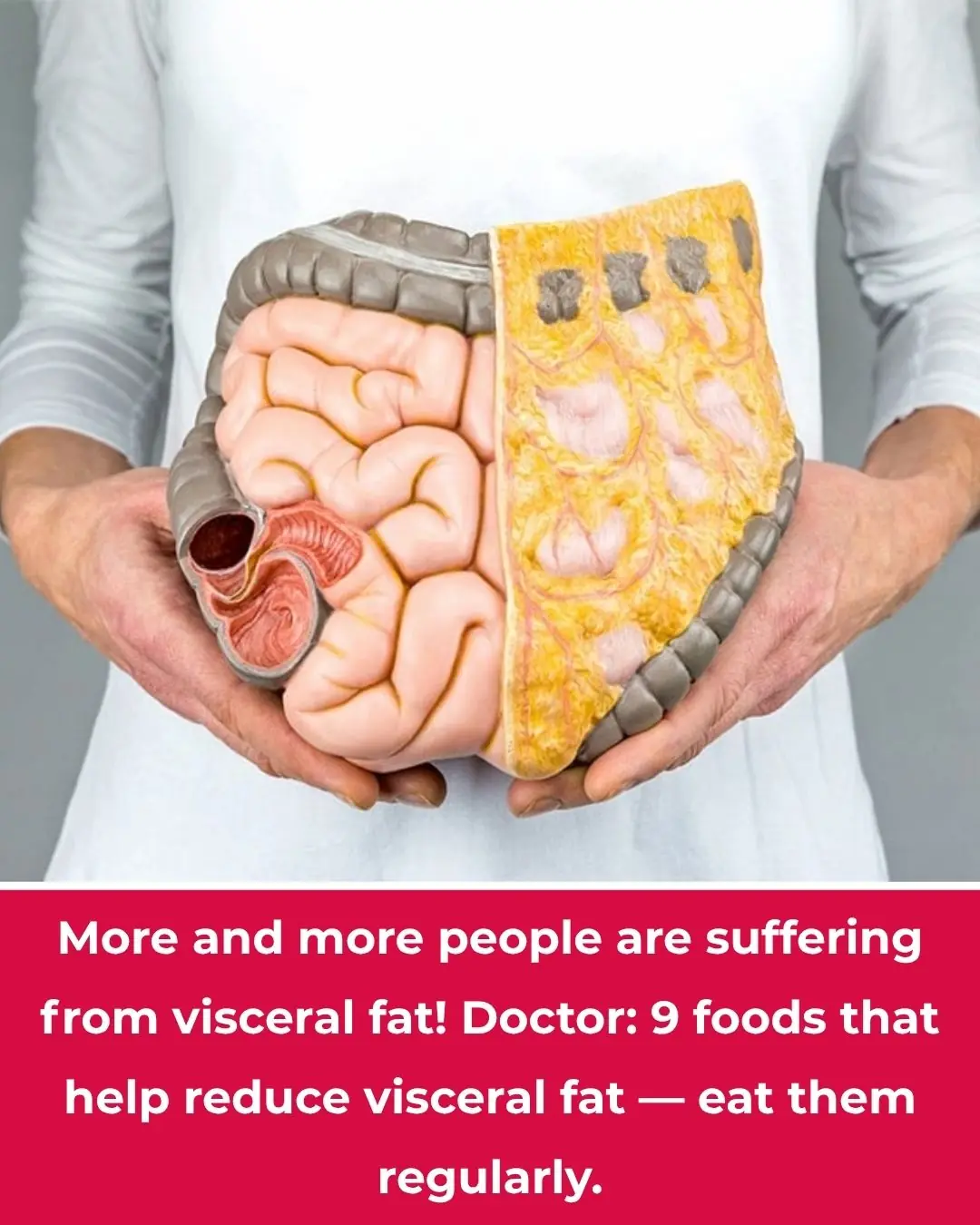
More People Are Struggling with Visceral Fat — Doctors Reveal 9 Foods That Help Burn It Naturally

Black Turmeric vs. Yellow Turmeric: Which One Is Better?

Starve cancer: the diet rotation strategy you need to know

Like to see more from Tips for the Home

💪 Sarcopenia: Why Muscle Loss Happens & How to Fight It (After 50)

I Had No Idea About This!

These Ideas Are Amazing: 10 Clever Ways to Use Dryer Sheets Beyond the Laundry Room

Most Don’t Know: 13 Brilliant Ways to Use WD-40 Around the House

Garlic Mustard: The Overlooked Herb That Can Boost Your Health — Especially Your Eyes

SHOCKING NEW STUDY REVEALS WHAT MIGHT BE SILENTLY DESTROYING HUMAN FERTILITY

POPULAR SHAMPOO URGENTLY RECALLED BECAUSE IT CONTAINS BACTERIA THAT KILLS UP TO ONE IN TEN PATIENTS
